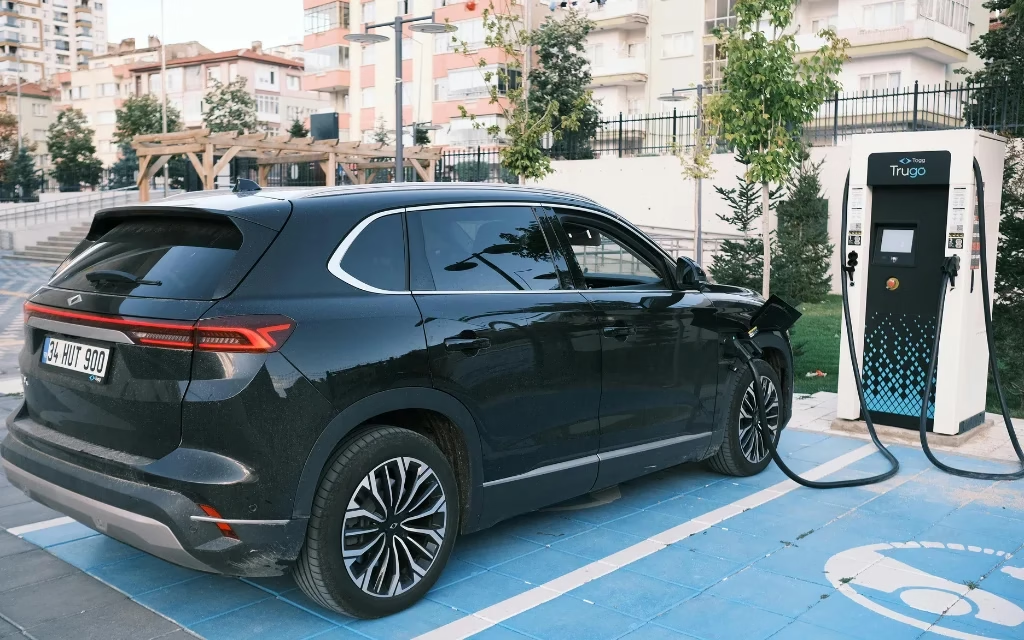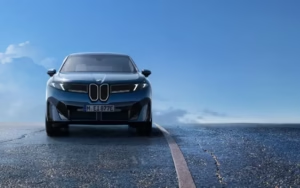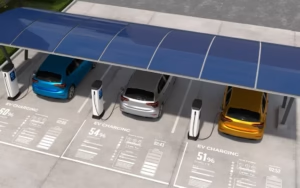Integrating charging stations into urban infrastructure is becoming a critical part of Australia’s journey toward sustainable mobility in 2025. As electric vehicles (EVs) grow in popularity, the need to seamlessly incorporate EV charging infrastructure within cities is more pressing than ever. From planning new developments to retrofitting existing public and private spaces, this evolution is reshaping the way we move, build, and power urban environments. The aim is to not only accommodate the rising number of EVs but to do so in a way that enhances city life, reduces emissions, and supports modern urban design.
Understanding the Need for Charging Stations in Cities
Integrating charging stations into urban infrastructure addresses the rising demand for accessible EV charging in densely populated areas. Australian cities like Sydney, Melbourne, and Brisbane are already seeing a rapid increase in electric car adoption. Without proper planning, the lack of sufficient charging options could become a major barrier to this transition. Urban EV drivers often lack access to home garages or dedicated parking, making public charging availability essential.
Government Policy and Urban EV Infrastructure
Federal and local governments play a pivotal role in integrating charging stations into urban infrastructure. In Australia, policies supporting clean transportation have led to significant funding for EV infrastructure. Grants and incentive programs are pushing councils to consider EV chargers in every aspect of city development. These initiatives include zoning reforms, fast-track permits, and green building codes that mandate EV readiness in new constructions.
Types of Charging Stations and Urban Suitability
Different EV charging station types suit various urban environments. Level 1 (slow), Level 2 (medium-speed), and DC Fast Charging (high-speed) stations can be deployed based on location and need. For instance, shopping centers and workplaces might integrate Level 2 chargers, while highway corridors and high-traffic areas benefit from fast-charging stations. Integrating charging stations into urban infrastructure means assessing traffic flow, land use, and power grid capacity.
Public vs. Private Infrastructure Integration
Integrating charging stations into urban infrastructure also involves balancing public and private sector roles. While city governments can provide curbside or municipal parking chargers, private businesses, apartment developers, and shopping malls are increasingly part of the solution. Encouraging private investment in EV infrastructure with tax incentives and development bonuses helps scale the rollout efficiently.
Challenges of Urban EV Charging Integration
Integrating charging stations into urban infrastructure comes with challenges such as space constraints, power availability, and cost. In dense city environments, physical space is limited, and retrofitting old buildings or carparks can be complex. Moreover, ensuring that local grids can handle increased energy demands requires upgrades, smart metering, and collaboration with utility providers.
Smart Cities and Technology Integration
Urban infrastructure is evolving with smart city technology, making integrating charging stations more efficient and data-driven. Advanced systems can monitor charger usage, forecast demand, and even enable dynamic pricing. Features like app-based access, digital payments, and solar integration align with broader smart city goals. Integrating charging stations into urban infrastructure complements other intelligent systems, including traffic lights, public transport, and grid management.
Design Considerations in Urban Planning
Good urban design is essential when integrating charging stations into the built environment. Planners are incorporating EV charging points into sidewalks, parks, and community centers without disturbing pedestrian flow or aesthetics. Some cities use retractable or underground chargers to preserve urban beauty, while others incorporate charging into street furniture like light poles.

Case Studies from Australian Cities
Australian cities offer real-life examples of successfully integrating charging stations into urban infrastructure. In Melbourne, the city council partnered with energy firms to install solar-powered chargers in popular public locations. Brisbane has trialled kerbside charging in inner-city neighborhoods, while Sydney is embedding EV charging into new apartment blocks and public transport hubs. These projects highlight what is possible through collaboration and forward-thinking design.
The Role of Renewable Energy in Urban Charging
Integrating charging stations into urban infrastructure aligns well with Australia’s push toward clean energy. Many charging stations are now powered by solar or wind energy, making the entire EV journey carbon-neutral. Rooftop solar on city buildings or solar canopies over parking spaces are becoming common. Urban microgrids also ensure stable, sustainable power delivery for chargers.
Economic Benefits for Local Communities
There are economic advantages to integrating charging stations into urban infrastructure. Local businesses see increased foot traffic when chargers are placed nearby. Job creation spans installation, maintenance, and software development. Additionally, property values often increase near EV-friendly amenities, benefiting urban homeowners and developers alike.
Equity and Accessibility in Charging Infrastructure
Integrating charging stations into urban infrastructure must ensure equitable access. Low-income neighborhoods and renters without private parking must also benefit from public EV charging. Planners are working on universal design standards, ADA-compliant charging setups, and mobile charging solutions to serve these communities.
Futureproofing Urban Mobility
By integrating charging stations into urban infrastructure today, Australian cities are preparing for the next generation of transportation. This includes autonomous electric vehicles, shared mobility services, and electrified public buses. Infrastructure built now must accommodate larger fleets, vehicle-to-grid (V2G) capabilities, and bi-directional chargers that help stabilize the power network.
Collaboration Between Stakeholders
Success in integrating charging stations into urban infrastructure depends on collaboration. Urban planners, energy providers, developers, and government agencies must coordinate their efforts. Community engagement is also crucial to understand local needs and ensure public support.
Environmental Impact of Urban EV Integration
The positive environmental outcomes are a major reason for integrating charging stations into urban infrastructure. Reduced CO2 emissions, lower urban air pollution, and decreased noise contribute to healthier, greener cities. Combining EV chargers with bicycle infrastructure and public transport hubs also supports a holistic low-emissions strategy.
Incorporating EV Charging into Public Transport Hubs
Transport hubs are central to urban life and ideal for integrating charging stations into urban infrastructure. Charging ports in bus depots, train stations, and park-and-ride facilities serve commuters and ride-share drivers alike. This encourages people to switch from private cars to electric public transport, reducing congestion and pollution.
Incentives and Funding for Urban Charging Projects
Australian government grants are boosting efforts to integrate charging stations into urban infrastructure. Initiatives like ARENA’s Future Fuels Fund and state-level clean transport policies provide financial support. These incentives cover feasibility studies, installation costs, and even training for electrical contractors.
Urban Architecture and Aesthetics
Architectural integration is key when placing EV chargers in city environments. Designers aim to match charger aesthetics with surrounding architecture. In heritage zones or scenic areas, chargers are hidden or camouflaged to maintain visual harmony. These considerations help the infrastructure blend seamlessly into urban life.
Monitoring and Evaluation of Urban Charging Networks
Ongoing data collection is vital when integrating charging stations into urban infrastructure. Usage statistics, downtime, customer satisfaction, and environmental metrics help planners optimize the network. Many councils now use dashboards and AI analytics to fine-tune deployment strategies and respond to real-time issues.
Conclusion
Integrating charging stations into urban infrastructure in Australia is more than a convenience—it’s a cornerstone of sustainable city planning. From design and policy to technology and community engagement, every element plays a role in ensuring this integration is successful. By making thoughtful, future-ready choices today, Australian cities can lead the global charge toward a cleaner, smarter, and more connected future.






